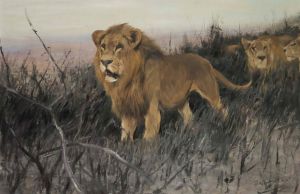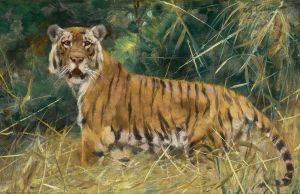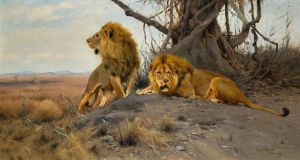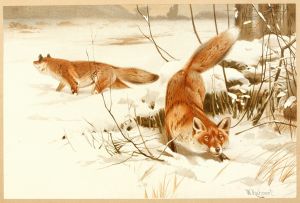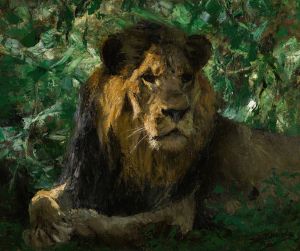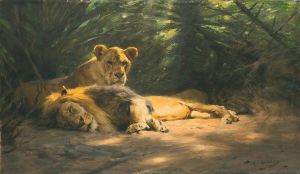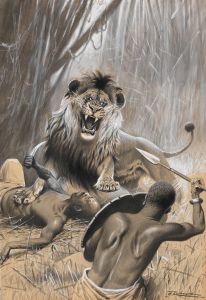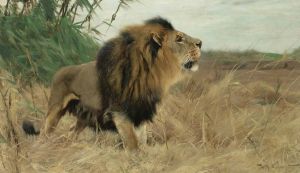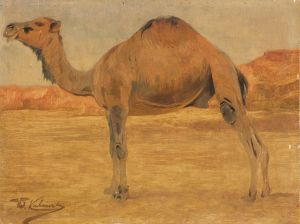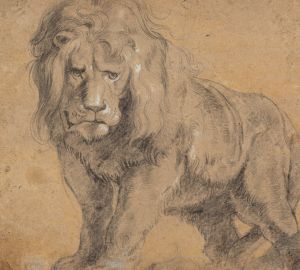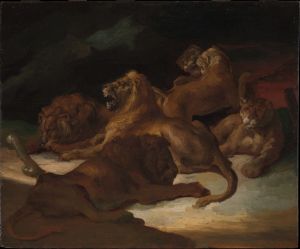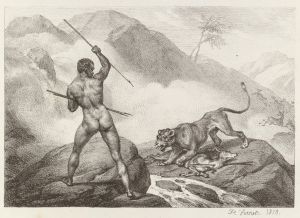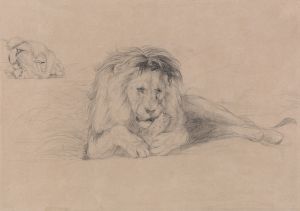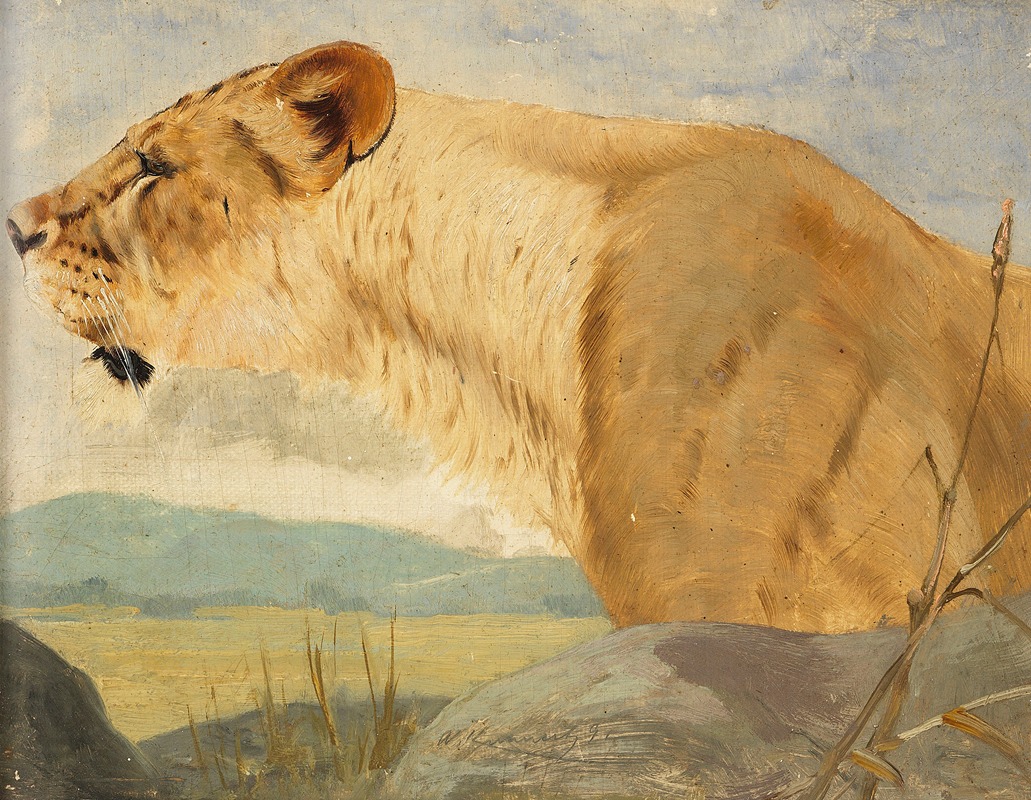
Head of a Lioness
A hand-painted replica of Wilhelm Kuhnert’s masterpiece Head of a Lioness, meticulously crafted by professional artists to capture the true essence of the original. Each piece is created with museum-quality canvas and rare mineral pigments, carefully painted by experienced artists with delicate brushstrokes and rich, layered colors to perfectly recreate the texture of the original artwork. Unlike machine-printed reproductions, this hand-painted version brings the painting to life, infused with the artist’s emotions and skill in every stroke. Whether for personal collection or home decoration, it instantly elevates the artistic atmosphere of any space.
Wilhelm Kuhnert (1865–1926) was a renowned German painter and illustrator, best known for his realistic and detailed depictions of wildlife, particularly African animals. His work played a significant role in popularizing wildlife art in the late 19th and early 20th centuries. One of his notable works is "Head of a Lioness," which exemplifies his skill in capturing the essence and majesty of wild animals.
Kuhnert was born in Oppeln, Prussia (now Opole, Poland), and studied at the Royal Academy of Arts in Berlin. His education and early career were marked by a strong focus on natural history, which later became the foundation for his wildlife art. In 1891, Kuhnert embarked on his first trip to Africa, a journey that would profoundly influence his artistic direction. He traveled extensively across the continent, visiting countries such as Egypt, Sudan, and Kenya, where he observed animals in their natural habitats. These experiences provided him with firsthand knowledge and inspiration, which he translated into his paintings.
"Head of a Lioness" is a testament to Kuhnert's dedication to realism and his ability to portray the character and strength of his subjects. The painting focuses on the lioness's head, capturing the intricate details of her features, including the texture of her fur, the intensity of her gaze, and the subtle play of light and shadow. Kuhnert's meticulous attention to detail and his understanding of animal anatomy are evident in the lifelike representation of the lioness.
Kuhnert's approach to wildlife art was groundbreaking for his time. Unlike many of his contemporaries, who often depicted animals in stylized or anthropomorphized ways, Kuhnert sought to portray them as they appeared in the wild. His paintings were based on careful observation and study, often supported by sketches and notes taken during his travels. This commitment to accuracy and authenticity set Kuhnert apart and earned him a reputation as one of the leading wildlife artists of his era.
In addition to his paintings, Kuhnert's work included illustrations for books and magazines, further cementing his influence in the field of wildlife art. His illustrations were featured in publications such as "Brehms Tierleben" (Brehm's Animal Life), a popular natural history book of the time. Through these works, Kuhnert contributed to the public's understanding and appreciation of wildlife, particularly the exotic animals of Africa.
Kuhnert's legacy continues to be celebrated today, with his paintings held in various private and public collections around the world. "Head of a Lioness" remains a striking example of his ability to capture the beauty and power of the natural world, reflecting both his artistic talent and his deep respect for the animals he portrayed.





